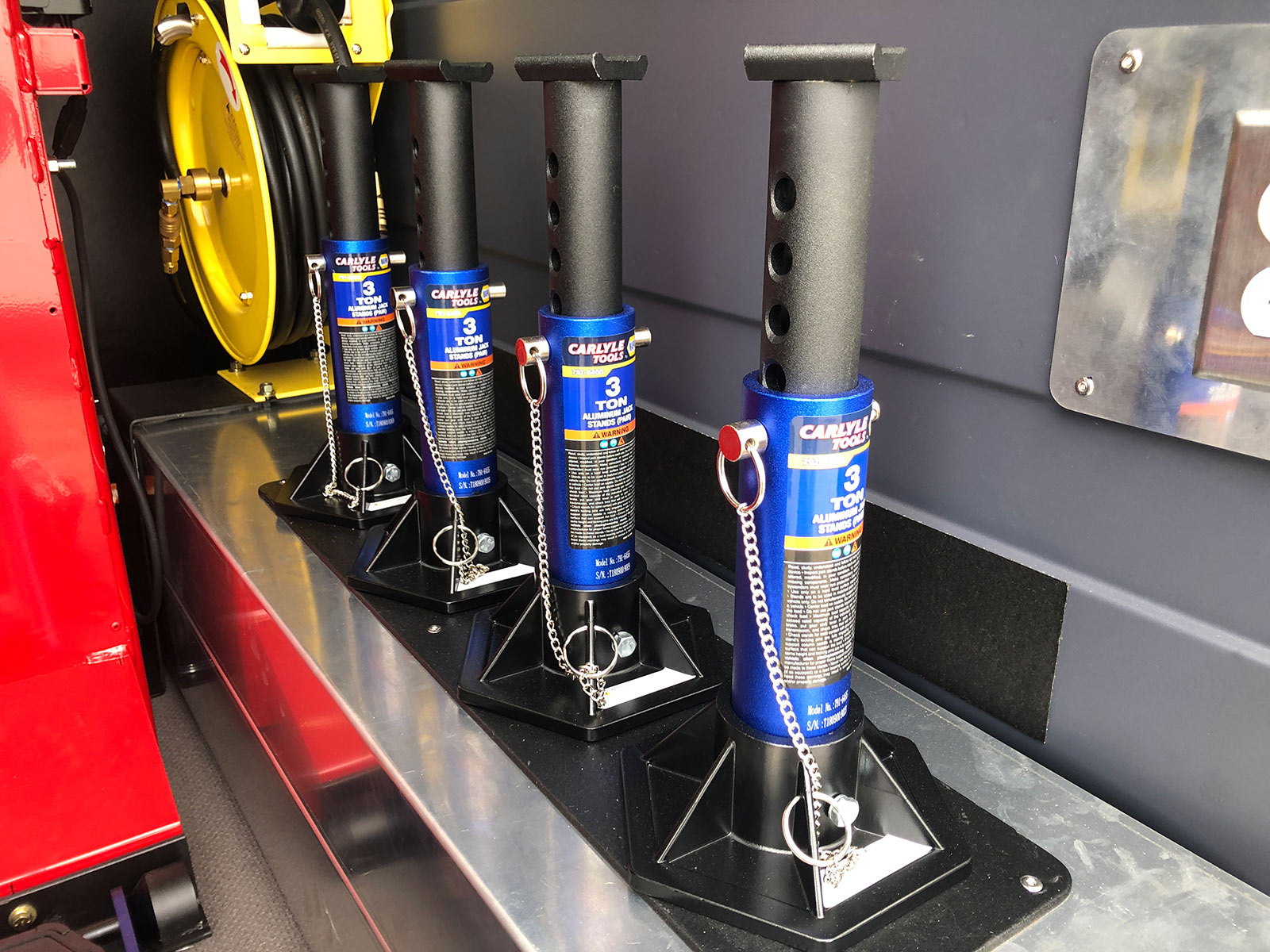Tire Solution: Proven Techniques for Optimal Tire Maintenance and Care
From making sure correct tire pressure to routine turning and placement, there are tested approaches that can dramatically prolong the lifespan of your tires and improve total driving experience. Let's delve right into the globe of tire service and find the tricks to keeping your tires in superior form for the lengthy haul - Flat Tire Repair Las Vegas.
Significance of Tire Pressure
Appropriate tire stress is an essential factor in guaranteeing ideal automobile efficiency and safety and security when driving. Maintaining the recommended tire pressure levels offered by the producer provides many advantages. Appropriate tire stress advertises far better gas effectiveness, as under-inflated tires can lead to enhanced rolling resistance, causing the engine to work tougher and consume more fuel. Right tire pressure makes sure even step wear, boosting tire durability and saving cash in the long run by postponing the demand for early replacements. In addition, properly pumped up tires contribute to boosted handling and braking capacities, essential for safe driving in numerous road problems. Over-inflated tires, on the other hand, can cause minimized traction and a harsher experience. Conversely, under-inflated tires are prone to getting too hot, which can cause blowouts and accidents. Routinely readjusting and checking tire stress, specifically in the past long trips, is an easy yet effective way to boost vehicle efficiency, expand tire life-span, and prioritize security when traveling.
Tire Turning Standards
When considering tire rotation standards, it is important to understand the relevance of this maintenance task in making best use of tire life-span and keeping ideal automobile performance. Tire rotation entails changing the position of each tire on a vehicle to ensure also walk wear. Front tires often tend to put on faster than back tires because of steering pressures, making routine turning crucial for balanced wear patterns. The recommended turning pattern varies relying on whether an automobile is front-wheel, rear-wheel, all-wheel, or four-wheel drive. Generally, tires should be rotated every 5,000 to 7,500 miles, or as advised in the lorry handbook. Disregarding tire rotation can lead to irregular wear, impacting handling, traction, and potentially compromising vehicle safety and security. By adhering to proper rotation standards, chauffeurs can extend the life of their tires, enhance fuel effectiveness, and boost general driving experience. Normal turning is a simple yet efficient maintenance method that contributes significantly to tire long life and car efficiency.

Benefits of Wheel Positioning
Making certain correct wheel positioning after tire rotation is vital for maintaining well balanced wear patterns and making best use of automobile efficiency. Wheel alignment describes the modification of the angles of the wheels to the producer's requirements. content One of the vital benefits of wheel alignment is enhanced guiding and dealing with feedback. When the wheels are appropriately aligned, it reduces steering initiative, guaranteeing a smoother and extra controlled driving experience. Additionally, proper wheel positioning helps to prolong the life expectancy of your tires. Misaligned wheels can trigger uneven tire wear, causing early tire replacement and increased maintenance expenses.
Tire Tread Deepness Examine
Executing a normal assessment of tire walk deepness is vital for preserving safe driving problems and lengthening the life expectancy resource of your tires. Unequal step wear can suggest issues with tire positioning, pressure, or suspension, highlighting the importance of normal walk depth checks. By integrating tire tread deepness checks into your regular maintenance timetable, you can drive with self-confidence understanding that your tires are in leading condition.
Seasonal Tire Inspection
A detailed evaluation of tire condition customized to specific weather is essential for preserving optimum performance and safety and security throughout the year. Seasonal tire evaluation is a basic facet of tire maintenance that makes sure tires are ready to deal with the challenges positioned by various climate condition. In preparation for winter months, it is vital to examine the tire pressure on a regular basis as cool temperatures can trigger tire stress to go down. Examining tire step deepness is additionally vital to guarantee appropriate traction on snow and ice-covered roads. Furthermore, looking for indicators of wear and tear, such as cracks or lumps, can help avoid prospective tire failures. As the periods change, it is very important to examine tire problem and make any required modifications to assure secure driving. By carrying out routine seasonal tire inspections, chauffeurs can prolong tire life expectancy, improve fuel efficiency, and most notably, make sure a safe driving experience in differing climate problems - Flat Tire Repair Las Vegas.
Conclusion
Finally, maintaining appropriate tire pressure, revolving tires frequently, lining up wheels correctly, checking step deepness, and carrying out seasonal inspections are crucial methods for optimum tire care. By following these verified methods, motorists can guarantee their tires last longer, execute far better, and contribute to general vehicle security. It is necessary to prioritize tire upkeep to prevent accidents, enhance gas effectiveness, and extend the life-span of tires.
Adequate tire pressure promotes far better fuel efficiency, as under-inflated tires can lead to enhanced rolling resistance, creating the engine to function harder and consume even more gas.When taking into consideration tire turning guidelines, it is vital to comprehend the significance of this maintenance task in making best use of official site tire lifespan and maintaining optimal automobile performance. Seasonal tire evaluation is an essential element of tire maintenance that makes sure tires are all set to deal with the difficulties presented by various weather condition conditions. By performing routine seasonal tire evaluations, chauffeurs can prolong tire lifespan, enhance gas effectiveness, and most significantly, guarantee a protected driving experience in varying climate problems.
In final thought, maintaining proper tire stress, turning tires on a regular basis, lining up wheels appropriately, keeping track of tread deepness, and carrying out seasonal evaluations are important methods for optimum tire care.